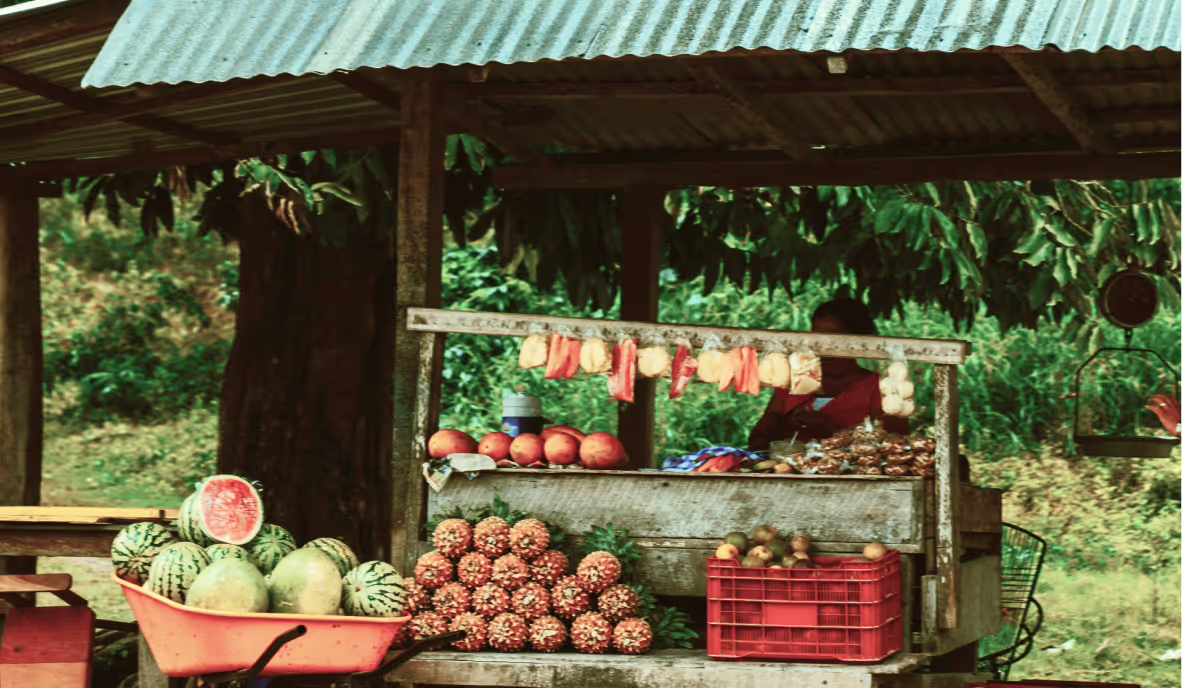What is a Regenerative Economy?

For Earth Month in 2024, Commons got 100 environmentalists under one roof to talk about the regenerative economy.
If you’ve never heard of a regenerative economy, you're in the right place. But before we dive into that, let’s take a step back.
{{cta-join2}}
Linear and circular economies
In a linear economy, we follow a "take-make-dispose" model. We start by extracting raw materials, which we then transform into products. After use, we dispose of these products as waste.
This model has spurred economic growth, job creation, and technological advancements in recent decades. However, it has also led to the depletion of resources, ecological damage, and loss of biodiversity.
The circular economy is our answer to the pitfalls of the linear model. In this model, we aim to reduce, reuse, and recycle materials and products. We design products to be durable, repairable, and capable of being disassembled for efficient recycling.
But the circular economy still takes resources from the planet, and that’s where the regenerative economy comes in. It focuses on holistic sustainability, restoring natural resources, and promoting social well-being.
What is a regenerative economy?
A regenerative economy actively improves both our environment and society. It's not just about reducing harm, but also about healing and enriching the areas we've degraded.
It's about boosting practices that are carbon-positive, nature-positive, and people-positive. That means we're not just aiming to emit less carbon but to remove more than we produce. We're not just trying to halt the loss of biodiversity but to actively increase it. And we're not just seeking to avoid harm to people but to actively enhance well-being.
Take regenerative agriculture, for example. It's not just about farming without damaging the environment but about farming in a way that actively improves soil health and increases the farmer’s income.
What is regenerative agriculture?
For decades, we have used heavy machinery, fertilizers, and pesticides to grow our crops. While this has improved the food production, it has degraded our soil health. These methods also release the carbon stored in the soil, increasing the amount of greenhouse gases in the atmosphere.
Regenerative agriculture focuses on restoring the soil health so that it can produce more food and nutrition while storing more carbon.
One regenerative farming method is minimizing land plowing. This keeps CO₂ in the soil and improves its water absorbency.
Another method is rotating crops on the same piece of land, which improves biodiversity. It also promotes the use of animal manure and compost instead of fertilizers and pesticides, which helps return nutrients to the soil.
Several successful examples of regenerative farming exist. In Brazil, cotton farmers are boosting their yield by planting second and third vegetable crops along with their main cotton crop. Meanwhile, in Australia, a farmer is enhancing soil health and earning income through a government system that pays for regenerative farming practices.
These examples demonstrate that it's possible to operate a business in a way that actively restores natural resources and promotes social well-being.
Join the community














